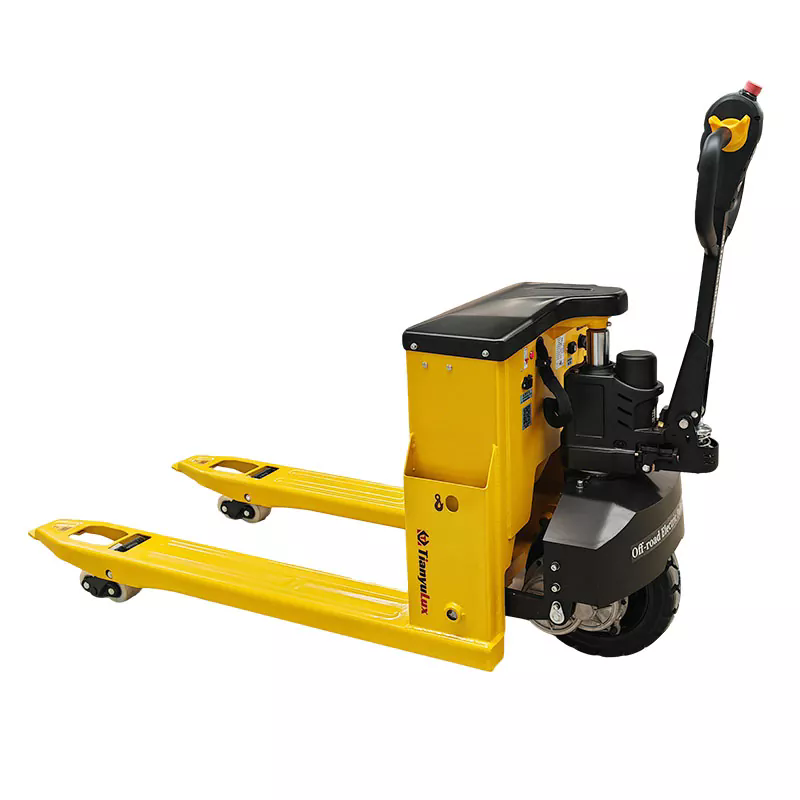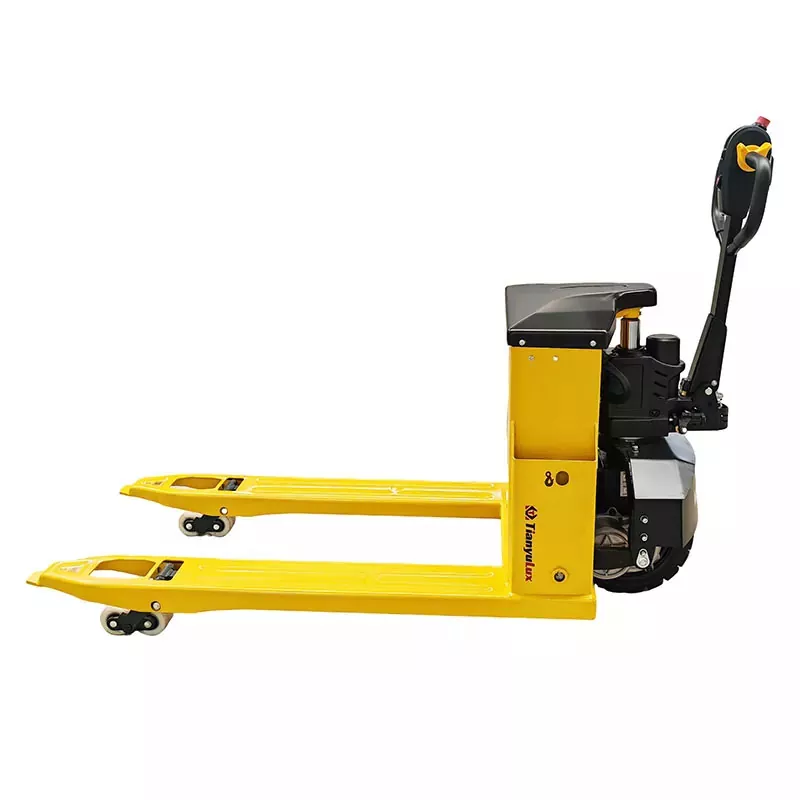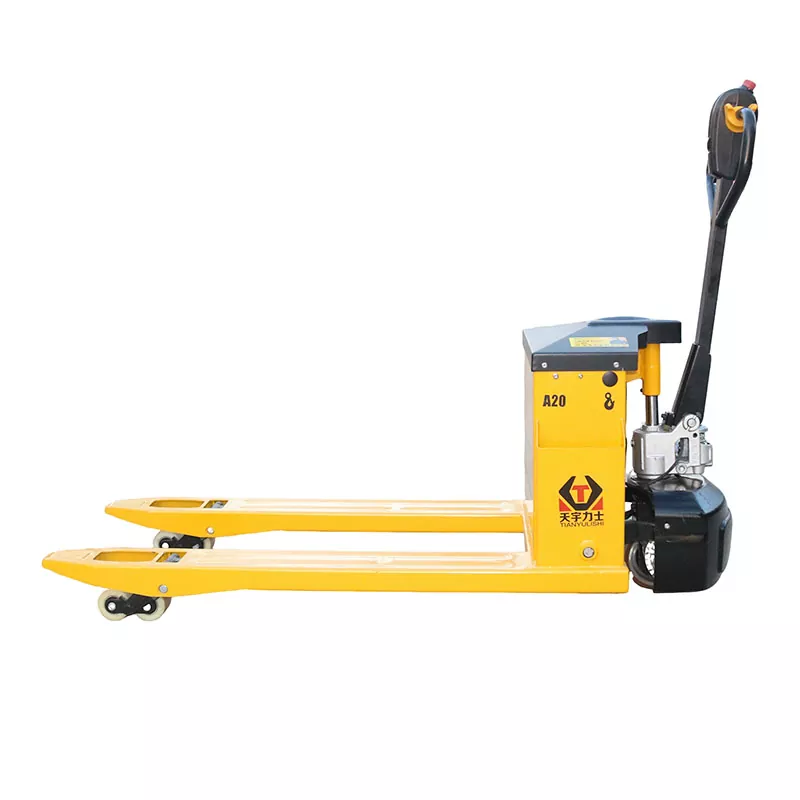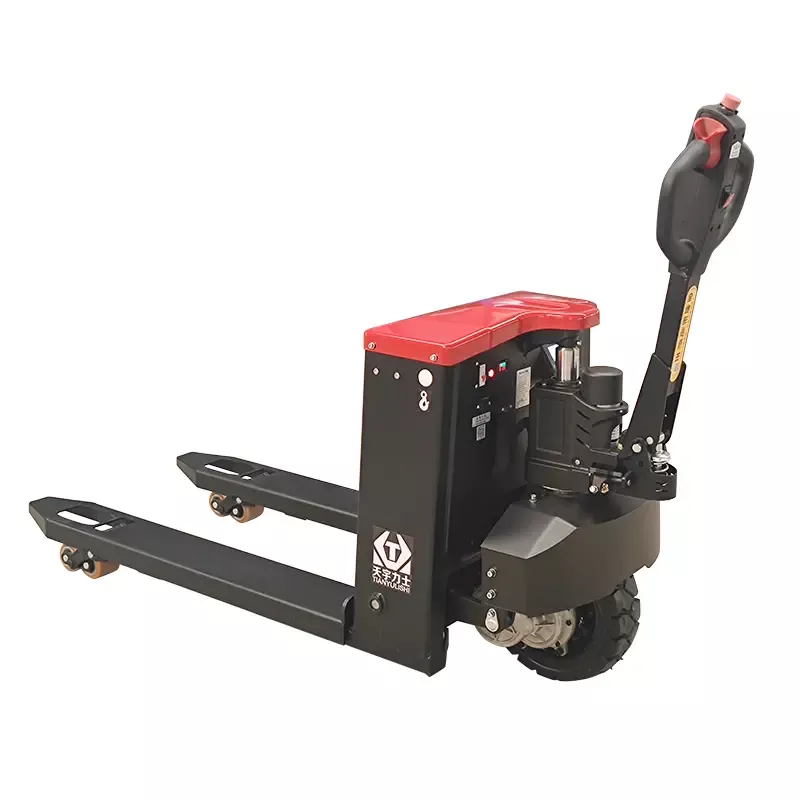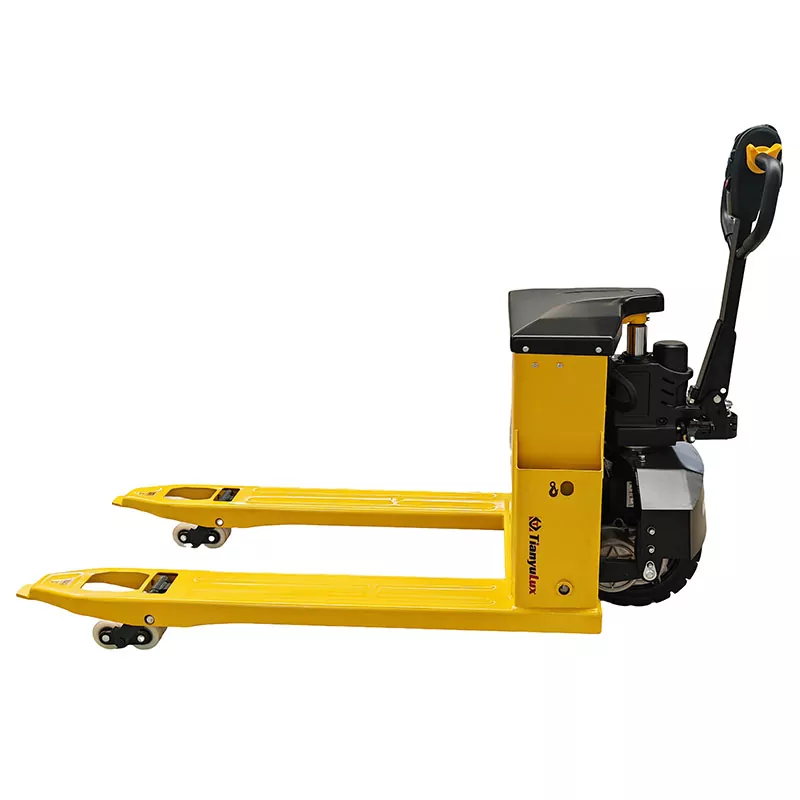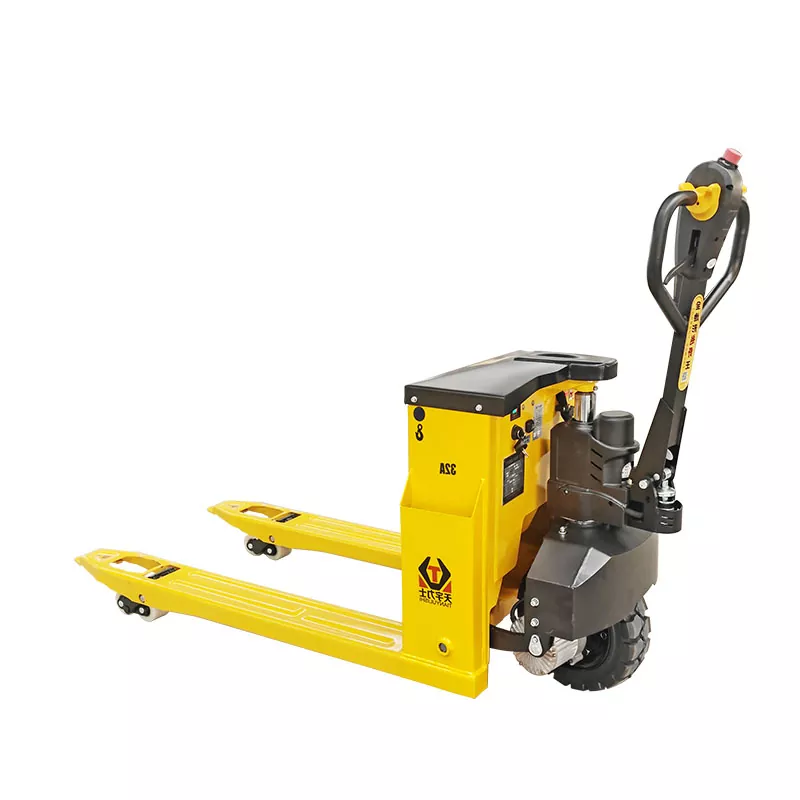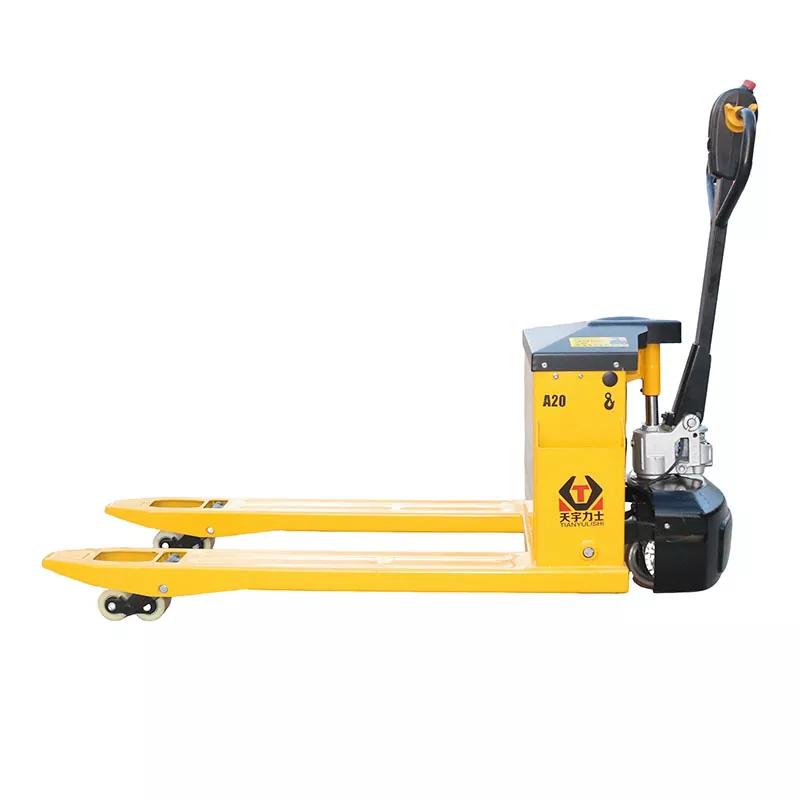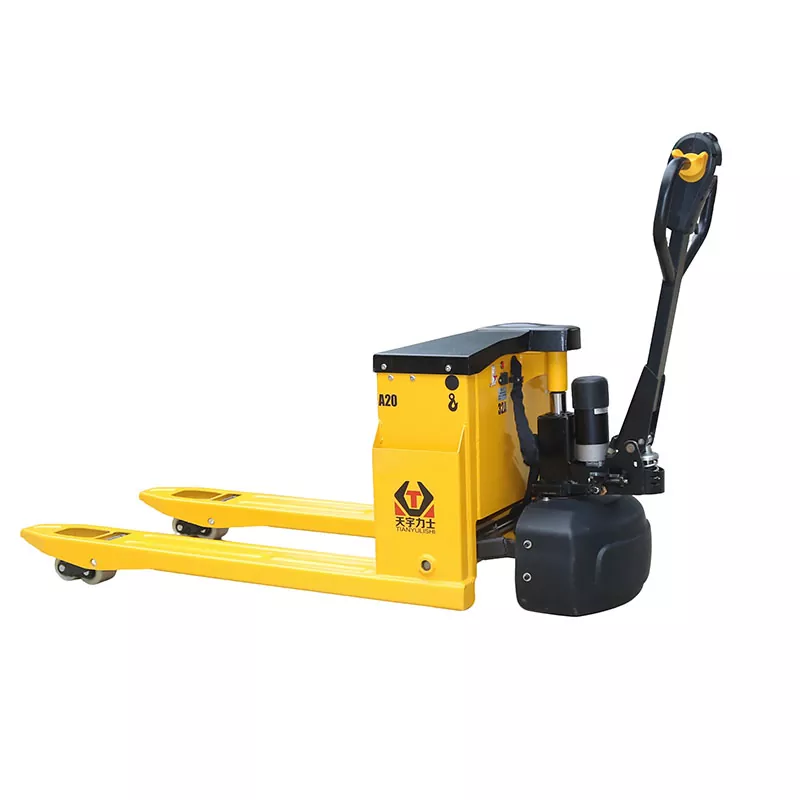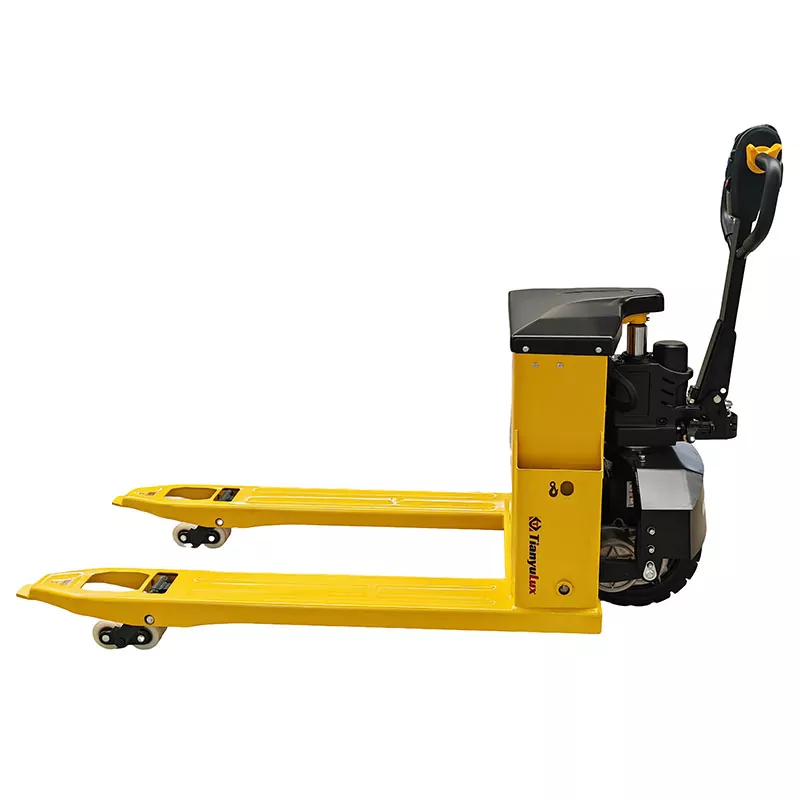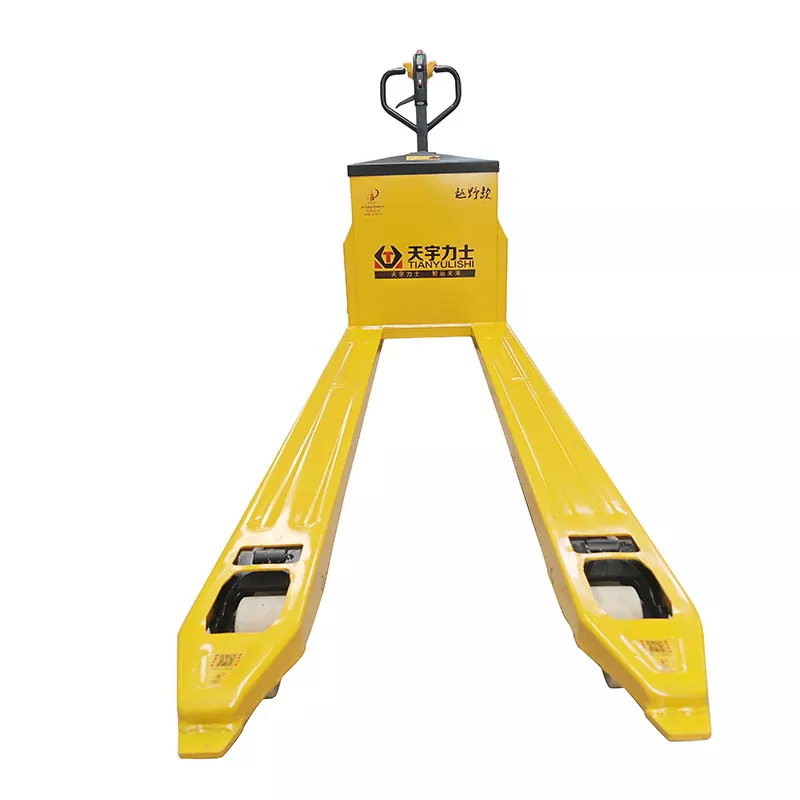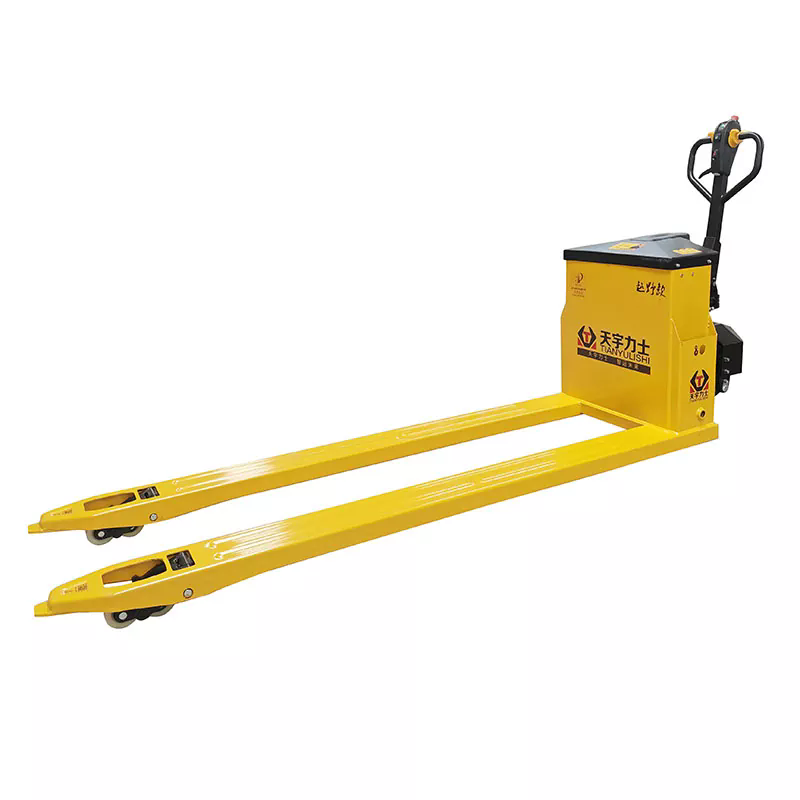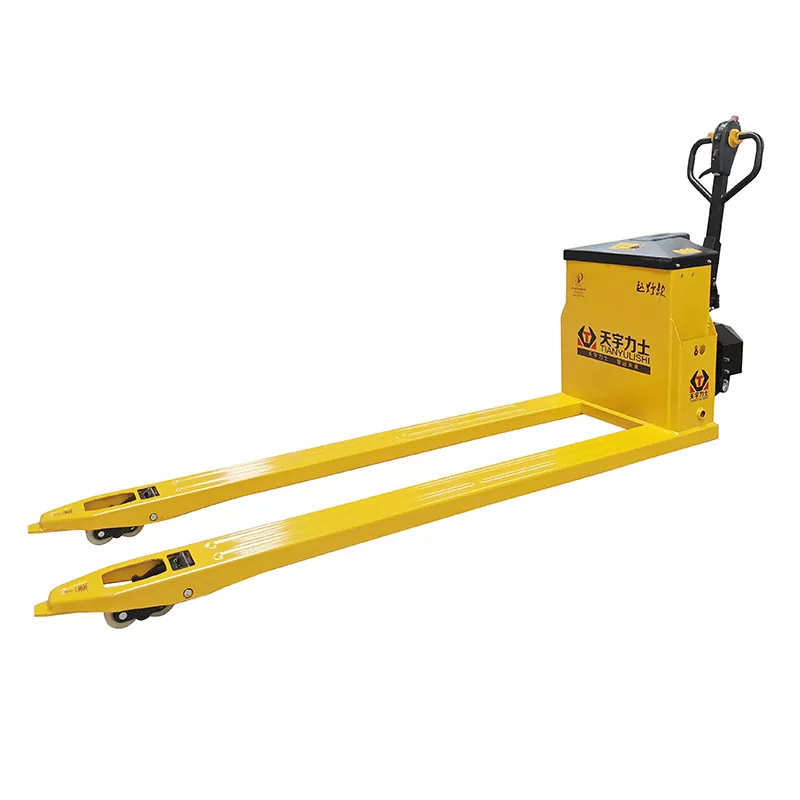Email Us
What Makes a Reliable Pallet Truck Indispensable for Warehouse Efficiency?
Trending News Headlines: Top Searches on Pallet Trucks
Search trends reflect the ongoing evolution of pallet truck technology and their growing importance in efficient logistics:
- "How Pallet Trucks Reduce Workplace Injuries in Warehouses"
- "Eco-Friendly Pallet Trucks: Battery Efficiency and Sustainability"
These headlines highlight the industry’s focus on durability, safety, and sustainability—key factors that drive businesses to invest in advanced pallet trucks. For warehouse managers and operations directors, staying informed about these trends is essential to selecting equipment that enhances productivity while aligning with safety regulations and environmental goals.
Why Reliable Pallet Trucks Are Critical for Material Handling Success
Boosting Productivity and Reducing Labor Costs
Manual lifting of heavy pallets is not only time-consuming but also physically demanding, limiting the amount of work a single employee can accomplish in a day. A reliable pallet truck allows one worker to move loads weighing up to several thousand kilograms with minimal effort, significantly increasing the volume of goods that can be transported in a given timeframe. For example, a warehouse worker using a pallet truck can move 10–15 pallets per hour, compared to just 2–3 pallets using manual labor. This boost in productivity reduces the number of workers needed for material handling tasks, lowering labor costs and allowing employees to focus on more skilled activities like inventory tracking or order fulfillment. Over time, the increased throughput directly translates to higher operational efficiency and profitability.
Enhancing Workplace Safety
Workplace injuries related to manual lifting—such as back strains, muscle sprains, and hernias—are a major concern in material handling, leading to lost workdays, increased insurance costs, and potential legal liabilities. Pallet trucks eliminate the need for manual lifting by using hydraulic or electric systems to raise pallets off the ground, reducing the risk of musculoskeletal injuries. Modern pallet trucks are also equipped with safety features like ergonomic handles, anti-slip platforms, and brake systems that prevent accidental movement, further protecting workers. For instance, electric pallet trucks with tiller controls allow operators to stand clear of the load during movement, minimizing the risk of being crushed or struck. By prioritizing safety, businesses can create a healthier work environment, reduce absenteeism, and avoid the financial and reputational costs associated with workplace accidents.
Improving Maneuverability in Tight Spaces
Warehouses and stockrooms are often designed with narrow aisles and limited space to maximize storage capacity, making maneuverability a key challenge for material handling equipment. Pallet trucks are compact by design, with a small turning radius that allows them to navigate through tight spaces, around racks, and between stacks of goods with ease. Unlike larger equipment like forklifts, which require more space to operate, pallet trucks can access areas that are otherwise inaccessible, ensuring that every inch of storage space is utilized efficiently. This maneuverability is particularly valuable in retail stockrooms, where space is often limited, and in manufacturing facilities where materials need to be moved between workstations in close proximity.
Versatility Across Industries and Applications
Pallet trucks are not limited to warehouses—they are versatile tools used across a wide range of industries, including retail, manufacturing, food and beverage, pharmaceuticals, and logistics. In retail, they are used to move merchandise from storage rooms to sales floors; in manufacturing, they transport raw materials to production lines and finished goods to shipping areas; in food service, they handle pallets of ingredients and supplies in cold storage facilities. Many pallet trucks are designed to specific environments, such as stainless steel models for cleanrooms or corrosion-resistant versions for outdoor use. This versatility makes them a valuable investment for businesses with diverse material handling needs, eliminating the need for multiple specialized tools.
Supporting Scalability and Growth
As businesses expand, their material handling needs grow in tandem—more products, larger warehouses, and higher throughput requirements. A reliable pallet truck is designed to scale with these needs, with models capable of handling heavier loads or operating for longer hours to meet increased demand. For example, electric pallet trucks with extended battery life can handle full shifts in large warehouses, while heavy-duty models can transport loads up to 5,000 kg, supporting the movement of bulk materials. By investing in a pallet truck that matches current needs while allowing for future growth, businesses can avoid the cost and disruption of frequent equipment upgrades, ensuring that their material handling operations remain efficient even as the company expands.
Key Features to Look for in a Pallet Truck
Load Capacity
The maximum weight a pallet truck can safely lift and transport is a primary consideration. Standard pallet trucks typically handle loads between 2,000–3,000 kg, while heavy-duty models can manage 4,000–5,000 kg or more. Assess your typical load weights to ensure the truck can handle your needs without compromising safety or performance.
Power Source
Pallet trucks are available in manual, semi-electric, and fully electric models:
- Manual pallet trucks rely on hydraulic pumps operated by hand, making them suitable for light loads and occasional use.
- Semi-electric models use electric power for lifting but require manual pushing/pulling, balancing efficiency with cost.
- Fully electric pallet trucks use motors for both lifting and movement, ideal for heavy loads, frequent use, and reducing operator fatigue.
The length, width, and thickness of the forks must match the pallets you use. Standard fork lengths are 1150mm–1200mm, but shorter or longer options are available for specialized pallets. Fork width should fit within the pallet’s stringers to ensure stable lifting.
Maneuverability
Look for a small turning radius (typically 1500mm–2000mm for standard models) and smooth steering to navigate tight spaces. Features like dual rear casters or ergonomic tiller handles can further enhance maneuverability.
Battery Life
For fully electric pallet trucks, battery capacity determines how long the truck can operate between charges. Lithium-ion batteries offer longer life (8–10 hours per charge) and faster charging times compared to traditional lead-acid batteries, making them ideal for all-day use.
Safety Features
Essential safety features include reliable brake systems (manual or automatic), anti-slip fork surfaces, overload protection, and emergency stop buttons. Ergonomic design elements like padded handles also reduce operator strain.
Our High-Performance Pallet Truck Specifications
|
Feature
|
TY-20 Manual Pallet Truck
|
TY-30 Semi-Electric Pallet Truck
|
TY-50 Fully Electric Pallet Truck
|
|
Load Capacity
|
2000 kg
|
3000 kg
|
5000 kg
|
|
Fork Length
|
1150 mm
|
1200 mm
|
1500 mm
|
|
Fork Width
|
540 mm
|
680 mm
|
800 mm
|
|
Fork Height (Lowered)
|
85 mm
|
80 mm
|
75 mm
|
|
Fork Height (Raised)
|
200 mm
|
200 mm
|
220 mm
|
|
Turning Radius
|
1550 mm
|
1650 mm
|
2000 mm
|
|
Power Source
|
Manual hydraulic pump
|
12V DC battery (lifting only)
|
48V lithium-ion battery (lifting and movement)
|
|
Battery Life
|
N/A
|
N/A
|
8–10 hours per charge
|
|
Charging Time
|
N/A
|
N/A
|
2–3 hours (fast charge)
|
|
Weight
|
110 kg
|
230 kg
|
580 kg
|
|
Dimensions (L x W x H)
|
1800 x 540 x 1200 mm
|
1900 x 680 x 1350 mm
|
2300 x 800 x 1500 mm
|
|
Safety Features
|
Overload relief valve, manual brake
|
Overload protection, emergency stop, ergonomic handle
|
Automatic brake, anti-slip forks, overload alarm, operator presence sensor
|
|
Warranty
|
1 year
|
1.5 years
|
2 years
|
All our pallet trucks are built with high-quality steel frames, precision hydraulic systems (for manual and semi-electric models), and durable components to withstand rigorous daily use. They are also designed for easy maintenance, with accessible parts and simple troubleshooting to minimize downtime.
FAQ: Common Questions About Pallet Trucks
A: Yes, pallet trucks can be used outdoors, but they require specific features to withstand weather conditions and uneven surfaces. Look for models with pneumatic or solid rubber tires (instead of standard casters) to handle rough terrain like concrete yards or gravel. Corrosion-resistant materials (e.g., galvanized steel frames) prevent rust from rain or humidity. For outdoor use, manual or semi-electric pallet trucks are often preferred over fully electric models, as exposure to water can damage electrical components—though some fully electric models are sealed (IP54 rating or higher) for outdoor use. Additionally, a larger turning radius and sturdy fork locks help navigate uneven ground safely. If your operations involve frequent outdoor use, choosing a truck explicitly designed for outdoor environments ensures durability and prevents premature wear.
-
- Pallet trucks: making logistics work more efficient
- How To Choose A Suitable Custom Pallet Truck?
- Electric Scale Electric Pallet Truck: a two-in-one logistics tool for handling and weighing
- Cold Storage Electric Pallet Truck: Logistics experts in low-temperature environments
- Custom Pallet Truck: logistics solutions to meet special needs
- Pallet Truck: "labor-saving expert" in the warehouse
Products
Contact Us
No. 5288, Nanjixiang Street, Baoding City, Hebei Province, China
Copyright © 2025 Hebei TianyuLux Electromechanical Technology Co., Ltd. All Rights Reserved.


